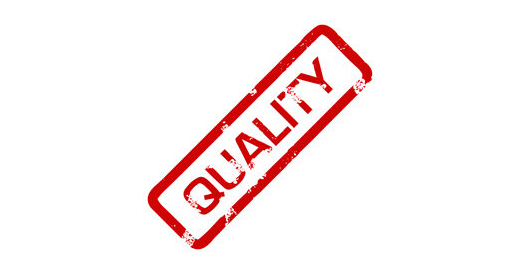
Orthopaedic devices now involve more complex designs, require tighter tolerances and more precise finishes. This being the case, OEMs are asking contract manufacturers to economically produce precision parts that meet higher quality standards and regulatory requirements.
Enter micro machining, a process that uses equipment with high spindle speeds or Swiss-type lathes that create cleaner cuts, more precise dimensions and tighter tolerances to fit specialized applications. Specifically, micro machining is used to produce various laser-textured titanium surfaces of orthopaedic implants, bone pins, screws, plates and other small highly-precise metal and plastic parts with tolerances in the range of +/-0.002mm. This measurement varies across manufacturers, products and machines.
OEMs differentiate contract manufacturers by their ability to meet demands such as shorter lead time and cost and production efficiency. Micro machining can offer benefits that include:
- Repeatability and high-speed production through specialized techniques (CNC multi-axis milling, wire EDM, etc.) and precise tools (high-precision lasers) and;
- Single-process machining, meaning that processes like milling and turning are completed at the same station.
OEMs that utilize micro machining must also understand their contract manufacturers’ inspection process, in which device/part dimension and tolerance specifications are verified. Maintaining the quality and repeatability that device companies require involves consistent, reliable and verifiable measurement and inspection of these small and complex parts, which in some cases is needed down to the micro and sub-micron levels.
For OEMs, the takeaway is this: seek a contract manufacturing partner that emphasizes the inspection step to ensure that micro machining is as effective as possible.
Victor Guida, Engineering/Operations Manager, LaVezzi Precision, offered the perspective that when looking at recent micro machining developments, inspection issues have undergone the most evolution.
“Most of what has changed in the last few years is the ability to inspect,” Guida explained.
“There are different methods to inspect small parts; it becomes a challenge to attempt to correlate an inspection method that can be agreed on [by contract manufacturer and OEM], considering the tight tolerances that go along with the parts.”
Inspections on micro-machined parts can, in some cases, take longer than the machining process—the difficulty in handling the parts can make setting up an inspection method problematic. “For smaller quantities, this challenge will remain, because the time isn’t there to invest in fine-tuning the inspection process,” Guida said.
Determining an effective inspection is important, in terms of reducing the amount of post-process measurements—a key factor in lead times and delivery assurance. OEMs can discuss inspection methods and setups with contract manufacturers to determine whether changes to the process could hold cost and time benefits. One example is the process that GF Machining Solutions uses to inspect micro-machined parts.
“We build measurement into the process wherever possible, so that less inspection is ultimately needed,” said Mike Lerner, Head of Sales, GF Machining Solutions. “If you can create a process through in situ measurements that is more capable, you can decrease the amount of post-process measurements you need to do. For example, we can use contact or non-contact probing on each part prior to laser machining to ensure that the focal position is set properly for the actual material (e.g., compensating for material variation).”
In one example, GF Machining Solutions achieved 40% productivity improvement when compared to measuring/processing in series.
Lerner explained that post-process measurements also take away from the productivity of the machine. “We try to build as much capability into the process as possible to minimize these measurements,” Lerner said. “We have one machine style on which all measurements are performed in parallel to the laser machining. Without losing any productivity, you can take your measurements and then quickly switch positions of the machine to proceed into the laser process.
“You’re keeping the laser process running all of the time, and meanwhile still getting the measurements you need. This allows [contract manufacturers] to keep up with increasing OEM demands for overall accuracy and repeatability.”
Rob Meyer is a BONEZONE Senior Editor.




